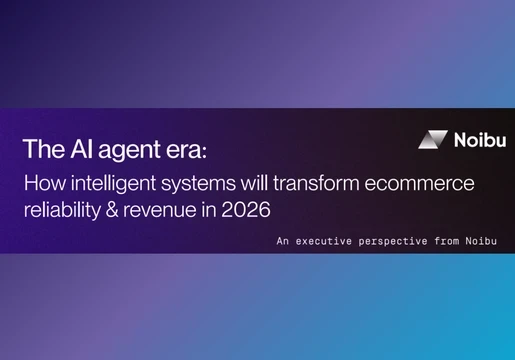How tech could improve employer/employee relations
Many would argue that digital transformation is driving- or should be - a significant increase in workplace productivity. But whilst we're often focusing on the productivity aspect of new technologies and the threats of these to our current jobs, we rarely stop to consider the overall effects of technology on the dynamic of businesses and the knock on effect these have on their relationship with employees. Yet, with the emergence of these technologies in the workplace some would go as far as saying that we're slowly shifting the trend from ‘employees serving employers' to ‘employers serving employees'.
What's more, 2018 has been baptised as the year of employee experience, meaning businesses are starting to give as much importance to the experience of an employee as they have done to the experience of customers in the past. So, what's technology actually turning our workplaces into? Is it improving the relations between employer/employee in a meaningful way or is it just making them more complex? Let's discuss. Improving communication: in theory vs. practice?
Without question, technology has the potential to greatly improve communication at work and strengthen employee/employer relations as a result. With tools like Workplace and Slack, it's possible to instantly chat to a colleague on the other side of the office without leaving your desk. Sounds great in theory, right? However, technology has also created the problem of information overload. I'm sure I'm not alone in saying that in the past, I've seen a request come through from a colleague over three different communication channels during a period of less than an hour.
Admittedly, it's easier said than done, but in order to prevent this from happening, we should be asking ourselves certain questions: What method of communication should I use? Do I need someone to act immediately on my message?
If your message doesn't require an immediate action from recipients it's often a good idea to simply share it on a communication channel where recipients can just check in their spare time. It's these little things that ensure tech has a positive effect on employer/employee relations when it comes to communication and not the opposite.
Companies like Apple are already waking up to these issues of information overload. This is noticeable in things such as their recent launch of Screen Time, an app which gives a by-the-numbers look at the amount of notifications you're getting and the frequency with which you're checking your phone.
Tech: an enabler of a better work/life balance?
Without a doubt, technology has enabled many employees to have an improved work/life balance. Technologies like Slack have enabled flexible working and made it easier than ever before to work with colleagues based in a multitude of locations. It has also helped employees with other costs such as childcare - as flexible working often provides employees with the option of working outside the usual 9-5pm.
But the key to tech improving work/life balance in a meaningful way is ultimately down to management. Good managers build a relationship with their team that's based on trust and commitment, one based on boundaries not rules. This is key for any successful flexible working scheme. If employees feel their employers trust them to work flexibly, employee/employer relations will naturally improve. The point in allowing staff to work from home is not to micromanage them through other communication channels such as Slack and Skype, but to let them get on with what they're doing, in the way that best suits their working style and needs.
Fostering a better relationship with management
Technology has made it easier than ever before for managers and employees to have open and honest conversations. Tools like Charlie HR facilitate goal setting and feedback, while also sending reminders via email when check-in meetings need to take place. Pain points like punctuality and getting paid late have also been removed by simple technological advancements when it comes to online calendars and payroll automation. This should also help foster better employee/employer relations.
At Perkbox, we have also launched Insights, a simple, lightweight yet effective tool to measure employee engagement, another pain point for employers. Its technology is designed to get to the bottom of what's really happening in your business by creating an environment in which everyone feels safe sharing information.
It's clear that technology has huge potential to improve both productivity and employee/ employer relations. The challenge in harnessing this potential so it truly has a positive impact on our working lives is down to how we use the technology in order to get the most benefits out of it. So there you have it, choose your tools carefully and you'll notice the difference.








Comments ( 0 )